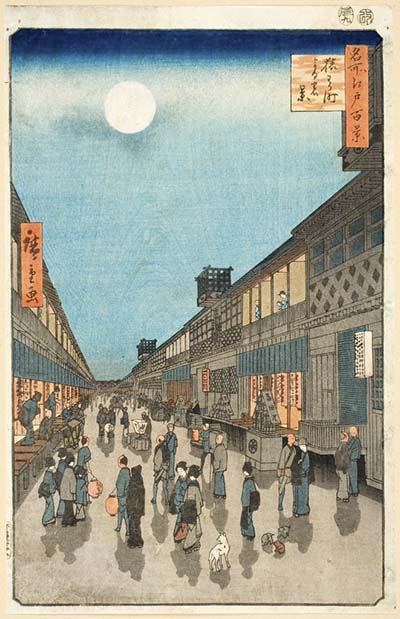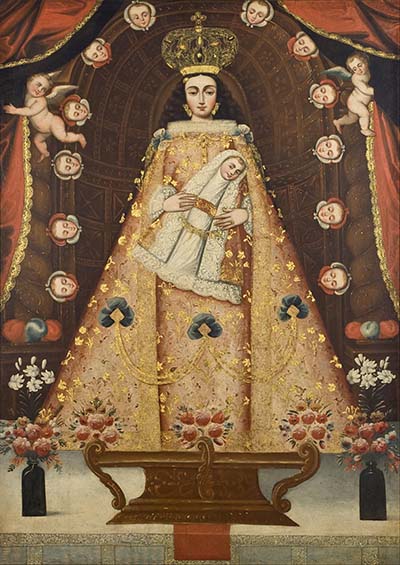The students of The Art of Global Encounters in the Early Modern Period, a course offered in the Early Modern Studies Program and the Certificate in Art History and Visual Culture, invite the public to our exhibition pertaining to artworks that display the effects of cultural exchange in the early modern period (1500-1850). Throughout the semester, we’ve set about disentangling the ramifications of early modern globalization on the cultural heritage of indigenous cultures. The exhibition reflects the dynamic group discussions we have navigated in this course concerning relationships, language, confrontations, and aesthetic exchange in the context of encounters during the global renaissance.
As of Friday, April 8, our exhibition, The Art of Global Encounters in the Early Modern Period, is on display in the Link (between the Arts & Administration Building and the New Academic Building) and through the virtual database ArtSteps. Alongside an array of fascinating works, each student has contributed an exhibit essay delving into the historical, cultural and political context of each piece.

Utagawa Hiroshige. View of the Saruwaka Street by Night (Saruwaka-machi Yoru no Kei), No. 90 from One Hundred Famous Views of Edo, 1856. Colour woodblock print. Courtesy the Brooklyn Museum and Google Arts & Culture.
While seeing the exhibition go up, as we all came together to witness the culmination of what we have considered as a class throughout the semester, there was a shared appreciation for Assistant Professor Justina Spencer’s continuous efforts in creating interactive material for her courses. I was impressed to see the display, as it showed how the students branched out from what had been considered in class and demonstrated how we’ve expanded our own perceptions when viewing art. Keep an eye out for Utagawa Hiroshige’s View of the Saruwaka Street by Night (1856) and an anonymous artist’s work La Virgen del Cerro (c. 1740-1770) as they demonstrated a cultural hybridity of aesthetics. Hiroshige’s work demonstrates how the expansion of Japanese trade had an aesthetic imprint on ukiyo-e artists and in turn the blossoming movement of European impressionism. La Virgen del Cerro is indicatively hegemonic as Spanish Catholic symbolism imbues Andean folklore.

Unknown artist. La Virgen del Cerro, c. 1740-1770. Oil on Canvas. Courtesy the Museo de Arte de Lima and Google Arts & Culture.
As we have assembled our exhibition, we acknowledge the problematic role museums have historically played in decontextualizing works of art. Museums were a product of colonialization and are a manifestation of the fascination with exoticism through globalization. Today many institutions are involved in legal disputes as countries attempt to retrieve indigenous works that were pillaged amid ‘voyages of discovery.’ Some institutions are on the path to rectifying the glorified Eurocentric perspective and dominion over art, but there remains a long path ahead. As you engage with our exhibition, we encourage you take a moment, as we have this semester, to consider the perspectives you hold when observing art in a museum. We ask individuals to question the layers within all art, especially those in the context of global exchange. During your own encounter with artworks consider how it was intended to be seen, where it sits today and how it came to be. Our exhibit essays examine these queries and will be a guide for your observations. We should not appreciate the beauty in art without understanding the missing story, for art is like a budding mushroom, a little gem a in a thick forest, but it is the miles of mycelium hidden under the earth that demonstrate the symbiosis in all of nature.

